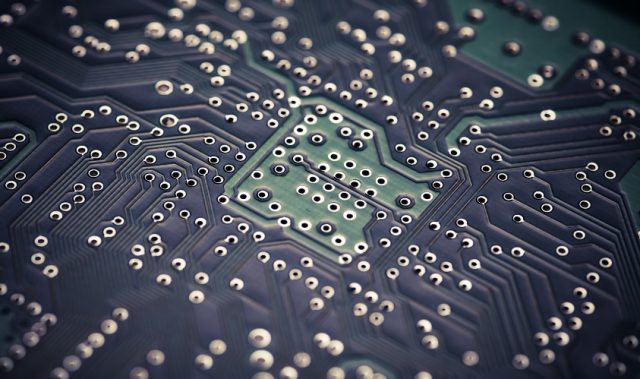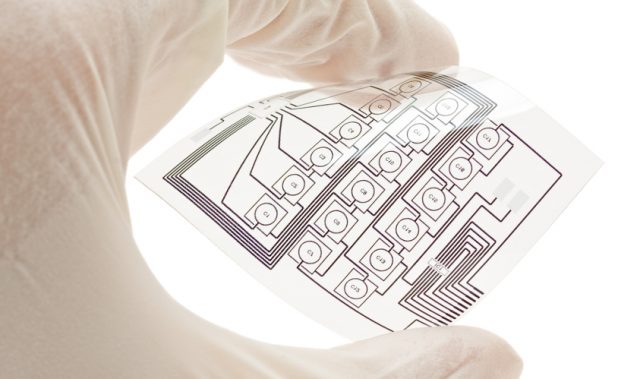
AsianScientist (Nov. 26, 2018) – A research group at the National University of Singapore (NUS) has invented a low-cost ‘battery-less’ wake-up timer that reduces power consumption of silicon chips for Internet of Things (IoT) sensor nodes. They presented their findings at the 2018 Symposia on VLSI Technology and Circuits in Hawaii, US.
IoT sensor nodes are individual miniaturized systems containing one or more sensors, as well as circuits for data processing, wireless communication and power management. These technologies are key to the realization of smart cities.
To keep power consumption low, IoT sensors are kept in sleep mode most of the time and wake-up timers are used to trigger the sensors to carry out a task. Wake-up timers set the minimum power consumption of IoT sensor nodes. They also play a fundamental role in reducing the average power consumption of systems-on-chip.
In the present study, researchers have developed a wake-up timer that operates in the picoWatt range and cuts power consumption of rarely-active IoT sensor nodes by 1,000 times. The wake-up timer does not need any additional circuitry, as opposed to conventional technologies which require peripheral circuits such as voltage regulators. The timer can also continue operations even when a battery is not available, working instead under very scarce ambient power.
“Under typical office lighting, our novel wake-up timer can be powered by a very small on-chip solar cell that has a diameter similar to that of a strand human hair. It can also be sustained by a millimeter-scale battery for decades,” said study leader Associate Professor Massimo Alioto from NUS.
The team is currently working on various low-cost, easy-to-integrate, energy-autonomous silicon systems with power consumption ranging from picoWatts to sub-nanoWatts. These critical sub-systems could make future battery-less sensors a reality, with the end goal of building a complete battery-less system-on-chip, the researchers said.
———
Source: National University of Singapore; Photo: Pexels.
Disclaimer: This article does not necessarily reflect the views of AsianScientist or its staff.












